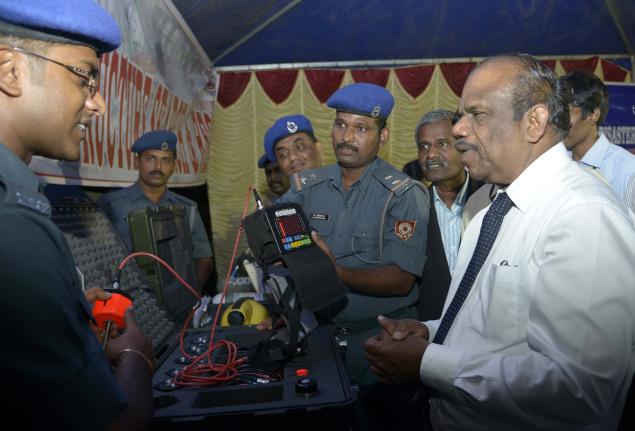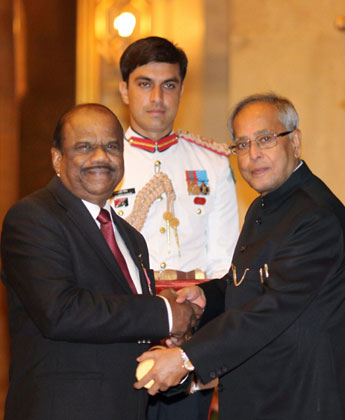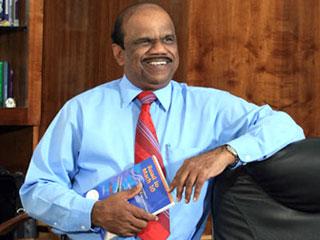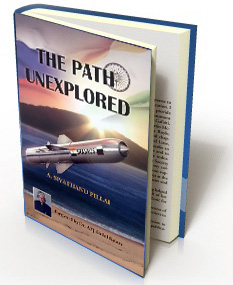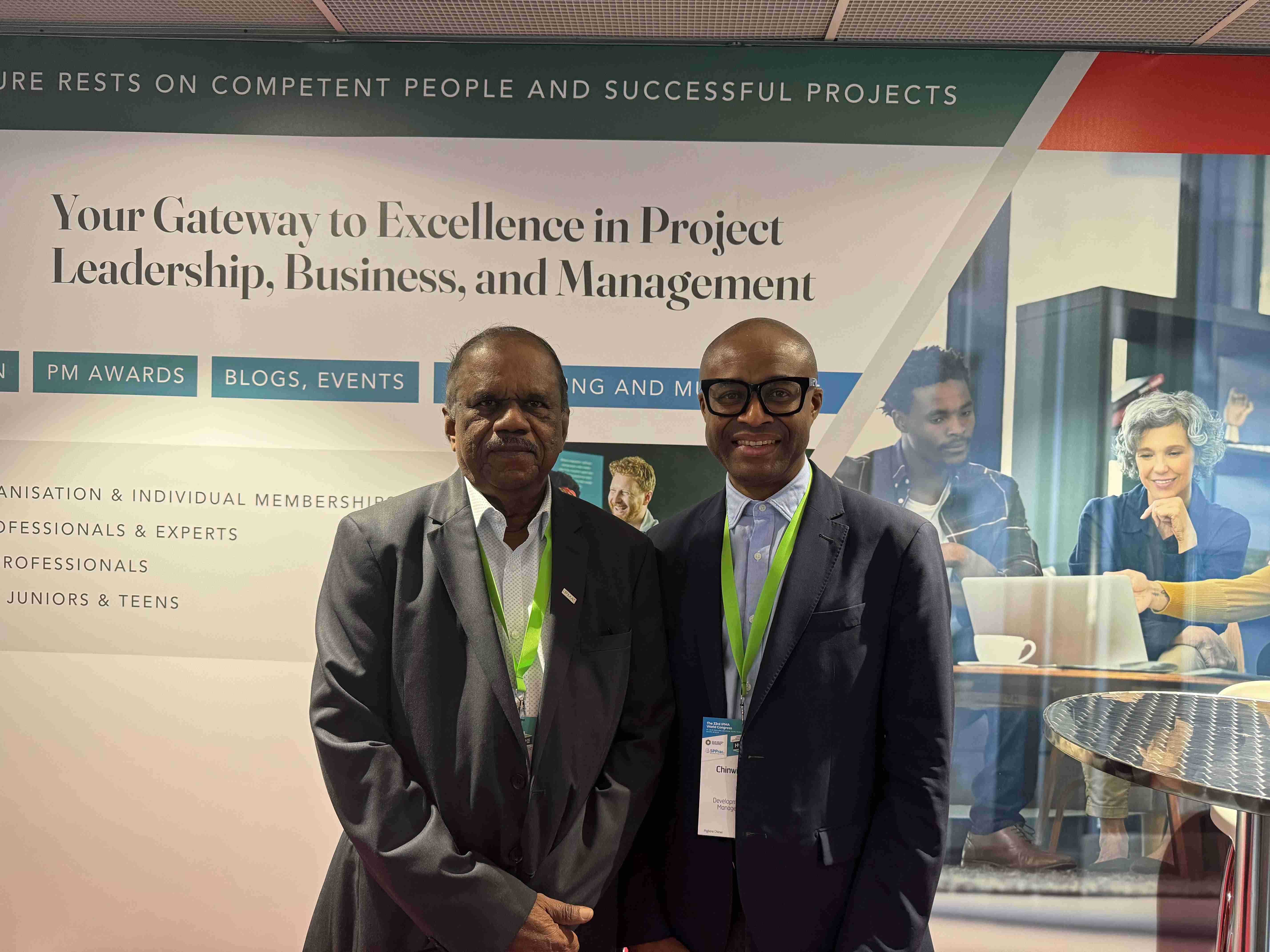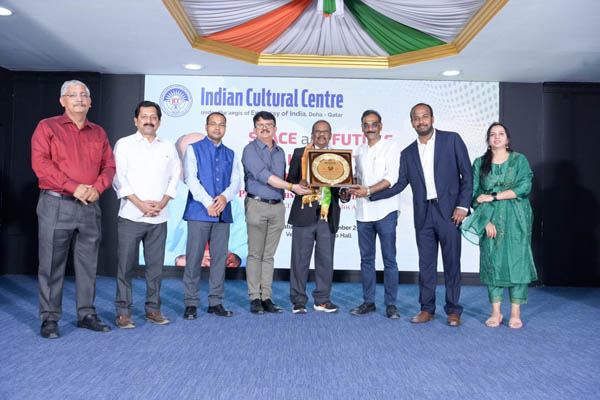
Human beings getting out of their cradle to inhabit other planets similar to that of the earth is not far away, and is a distinct possibility, said T.Sivathanu Pillai, Chief Controller, Research and Development, Defence Research and Development Organisation (DRDO), and Chief Executive Officer, BrahMos Aerospace, here on Monday.
Delivering the keynote address at the national symposium on shockwaves at Periyar Maniammai University (PMU), Mr.Pillai said it is like a child moving out of the cradle. "Children are in the cradle initially. Later, they move out. Similarly, man will explore space to live," he said.
There are planets like Kepler22h and Gliesen667c which have as same temperature as of the earth. "Man can move into these planets for living, and come back to the earth on a holiday," he said. These planets are outside the solar system and at a distance of 122 light years. "But, human race can go and live there. These are potential habitation planets," he pointed out.
Mr. Pillai said the next Chandrayaan mission would be to send a rover and explore the materials in the moon. The rover, which would land on the moon through a space vehicle, would move on the surface of the moon, collect materials, and bring it back for research and analysis. The manned mission for the moon from India has been scheduled for 2014 . "The moon has materials like helium which can be mined. The moon will become the hub in the future for launching vehicles and mining," said Mr. Pillai. Chandrayaan I mission has established that there is water in the moon.
Mr.Pillai said India is self-reliant in launching vehicles and satellites now. It is self-reliant in re-entry mission too. "Re-entry from space into the earth is important. Kalpana Chawla died at the time of re-entry into the earth. India has carried out a lot of research," he explained. India is a leader in cruise missiles. Agni and Prithvi are ballistic missiles while BrahMos is a cruise missile.
Mr.Pillai said hypersonic technology plays an important role in space and defence. "India has a very good man power in hypersonic technology," he said. A centre of excellence in hypersonic technology has been established at Indian Institute of Science (IISc) in June 2011. It has taken up various research projects in hypersonic technology. India is working on producing hypersonic reusable cruise missiles. Hypersonic reusable space vehicle would drastically reduce the cost of transportation.
K.P.J.Reddy, president, International Space Weather Initiative (ISWI) and Society for Shockwave Research (SSWR), Department of Aerospace Engineering, IISc, Bengaluru, and G.Jagadeesh, secretary, SSWR, IISc Bengaluru, spoke.
N.Ramachandran, Vice Chancellor, PMU, welcomed the gathering. T.R.Prabakaran, Organising secretary of the symposium, proposed the vote of thanks.
Keywords: Sivathanu Pillai, space exploration, symposium on shockwaves, habitation planets, hypersonic technology.
Source: http://www.thehindu.com/news/cities/Tiruchirapalli/article2938697.ece?homepage=true




